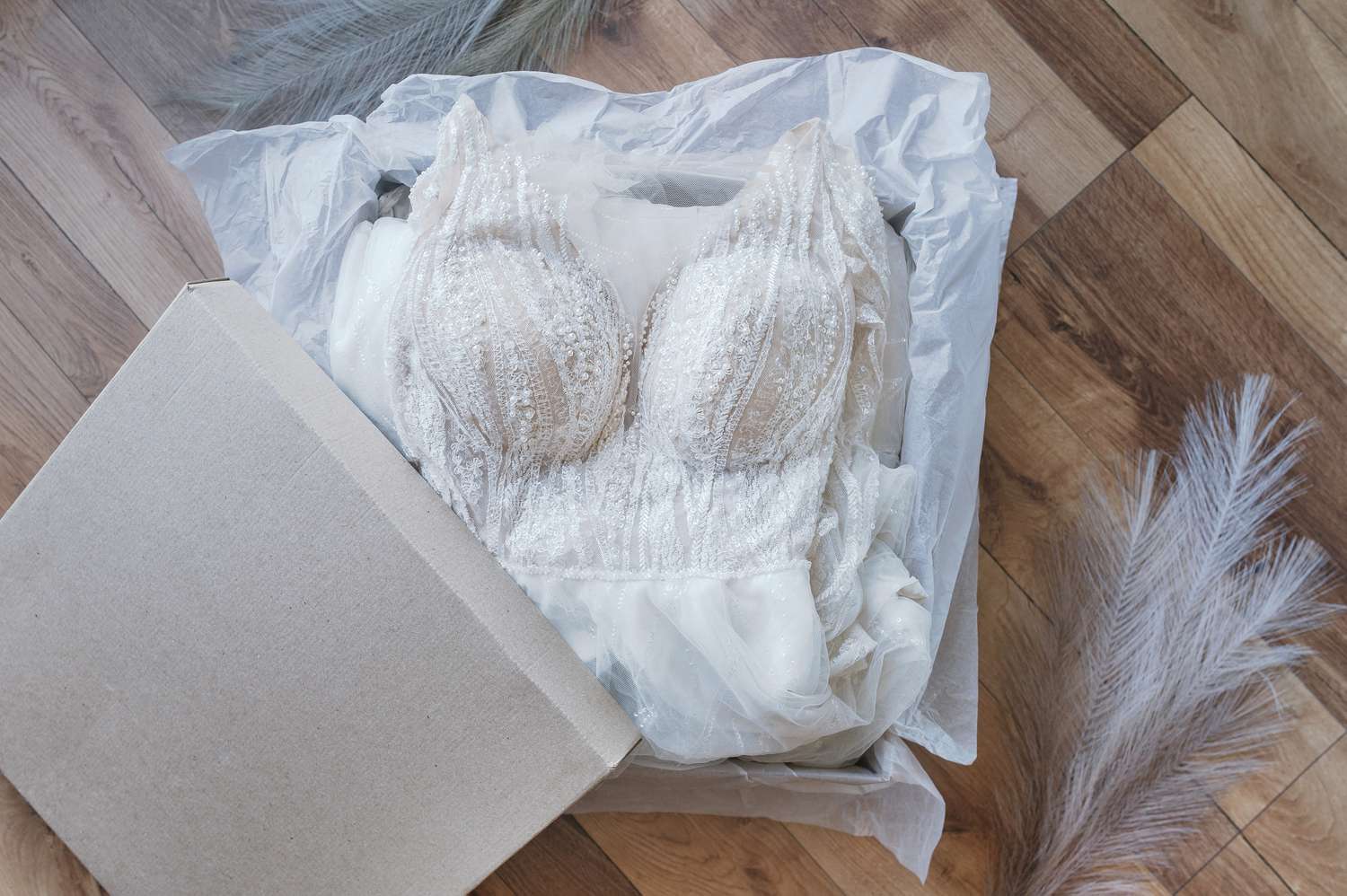

Articles
How To Store A Wedding Dress For 2 Years
Modified: January 6, 2024
Learn the best way to store your wedding dress for two years with this helpful article. Protect your investment and keep it pristine for future generations.
(Many of the links in this article redirect to a specific reviewed product. Your purchase of these products through affiliate links helps to generate commission for Storables.com, at no extra cost. Learn more)
Introduction
Storing a wedding dress for an extended period of time can be a daunting task. From preserving its pristine condition to preventing any damage, there are several key steps to follow to ensure your dress remains in perfect condition until the next big occasion. In this article, we will guide you through the process of storing your wedding dress for two years, taking into account factors such as cleaning, preservation, storage materials, packing, location, and maintenance.
Whether you are storing your wedding dress due to sentimental value or planning to pass it down to future generations, proper preservation is crucial in maintaining its beauty and integrity. With some careful planning and attention to detail, you can ensure that your dress stays as stunning as the day you wore it down the aisle.
Before embarking on the storage process, it is important to note that different types of wedding dresses may require specific care and handling. Delicate fabrics, intricate detailing, and embellishments demand extra caution to avoid any damage. It is advisable to consult a professional seamstress or bridal boutique for specific care instructions based on your dress’s unique features.
In the following sections, we will walk you through the step-by-step process of successfully storing your wedding dress for two years. From cleaning and preservation to selecting the right storage materials, packing, choosing an ideal storage location, and regular maintenance, we will cover every aspect to ensure that your dress remains in immaculate condition.
Key Takeaways:
- Preserve your wedding dress for 2 years by cleaning, using acid-free materials, and choosing an ideal storage location. Regular check-ups and maintenance ensure its pristine condition for future generations.
- Properly pack your dress with acid-free tissue paper and preservation boxes, and avoid plastic bags. Choose a suitable storage location and conduct regular inspections to maintain its beauty and integrity.
Read more: How To Store Wedding Dress
Step 1: Cleaning and Preservation
The first step in storing your wedding dress for an extended period is ensuring that it is thoroughly cleaned and properly preserved. Even if you believe your dress appears clean, there may be hidden stains, dirt, or oils that can lead to discoloration or fabric degradation over time. Here’s how to clean and preserve your dress:
- Consult a professional: It is advisable to seek the expertise of a professional wedding dress cleaner. They have the knowledge and experience to handle different types of fabrics and delicate embellishments. Additionally, they can identify and treat stains that might not be visible to the naked eye. Make sure to choose a reliable cleaner who specializes in wedding dresses.
- Do not delay: Time plays a crucial role in cleaning and preserving your dress. Stains left untreated for a long period can set in and become more difficult to remove. It is best to have your dress cleaned as soon as possible after your wedding, ideally within a few weeks.
- Communicate dress details: When consulting the cleaner, provide them with all the necessary details about your dress, including the fabric type, any specific stains or areas of concern, and any embellishments or delicate components that require special attention.
- Preservation packaging: After the cleaning process, your dress will need to be carefully packaged for preservation. Acid-free tissue paper and a museum-quality, acid-free preservation box are recommended. These materials help prevent yellowing and protect the dress from environmental factors such as light, dust, and humidity.
- Avoid plastic bags: It is crucial to never store your dress in a plastic bag, as plastic can emit gases that lead to discoloration and deterioration of the fabric. Opt for breathable materials such as a cotton garment bag or an acid-free wedding dress preservation box.
- Store loose accessories separately: If your dress has detachable accessories such as belts or veils, store them separately to avoid any potential damage or snagging.
By following these steps, you can ensure that your wedding dress is properly cleaned and preserved, ready to be stored without the risk of any stains or damage compromising its beauty.
Step 2: Selecting the Right Storage Materials
Choosing the right storage materials is essential for preserving your wedding dress during the two-year storage period. The materials you use should protect your dress from potential damage and maintain its shape. Consider the following tips when selecting storage materials:
- Acid-free and pH-neutral: When purchasing storage materials, ensure they are acid-free and pH-neutral. Acidic materials can cause discoloration and weaken the fabric over time. Acid-free tissue paper and boxes are readily available and are specifically designed to prevent harm to delicate fabrics.
- Tissue paper: Use acid-free, unbuffered tissue paper to stuff the sleeves, bodice, and any other areas that need support to help maintain the dress’s shape. Avoid using regular tissue paper or colored tissue paper that may transfer dyes onto the fabric.
- Museum-quality preservation box: Invest in a museum-quality, acid-free preservation box specifically designed for wedding dress storage. These boxes provide a controlled environment that protects the dress from light exposure, dust, and humidity. Ensure the box is large enough to accommodate your dress without excessive folding or compression.
- Hanging storage: If you prefer to hang your dress, choose a hanger with padded or rounded shoulders to prevent stretching and shoulder indentations. Avoid plastic or wire hangers, as they can distort the shape of the dress. Cover the dress in a cotton garment bag to protect it from dust and light.
- Additional protective layers: Consider adding a layer of muslin or cotton fabric between the folds of the dress to provide extra protection against friction and creasing.
- Labeling: Label the preservation box or garment bag with your wedding date and any other relevant information for easy identification in the future.
- Storage environment: Choose a storage location that is cool, dry, and free from extreme temperature fluctuations. Avoid areas prone to moisture, such as basements, attics, or garages, as excess humidity can lead to mold and mildew growth.
Selecting the right storage materials will ensure that your wedding dress remains in optimal condition throughout the two-year storage period. These materials offer protection from environmental factors and help maintain the dress’s shape and integrity.
Step 3: Properly Packing the Dress
Proper packing is crucial to ensure that your wedding dress is protected and preserved during the two-year storage period. Follow these guidelines to pack your dress correctly:
- Start with a clean and dry dress: Before packing, ensure that your dress is completely clean and dry. Any remaining moisture can lead to mold and mildew growth during storage.
- Layer the dress with acid-free tissue paper: Begin by laying a sheet of acid-free, unbuffered tissue paper on a clean, flat surface. Gently fold your dress and place it on top of the tissue paper. Add additional layers of tissue paper between the layers of the dress to prevent direct contact and minimize creasing.
- Stuff delicate areas: To preserve the shape of your dress, stuff the bodice, sleeves, and any other delicate areas with acid-free tissue paper. This will help maintain their structure and prevent creasing.
- Wrap the dress with more tissue paper: Once the dress is folded and stuffed, carefully wrap it in more layers of acid-free tissue paper. This provides an additional protective barrier against potential damage.
- Place the dress in the preservation box: Gently place the wrapped dress into the acid-free, pH-neutral preservation box. Ensure that the dress fits properly in the box without excessive folding or compression.
- Seal the box: Close the preservation box securely to protect the dress from environmental factors. If the box has a sealing mechanism, follow the instructions provided. Ensure that the box is tightly sealed to prevent dust, insects, or moisture from entering.
- Store the box upright: Store the preservation box upright to prevent any pressure on the dress. This will help maintain its shape and prevent unnecessary wrinkling.
- Avoid excessive handling: Once your dress is packed and sealed, minimize unnecessary handling. Excessive handling can lead to unnecessary strain on the fabric and increase the risk of damage.
By following these packing guidelines, you can ensure that your wedding dress is properly protected and packed for safe storage during the two-year period. These measures will help maintain the dress’s condition and minimize the risk of damage or deterioration.
Store the wedding dress in a cool, dark, and dry place, away from direct sunlight and moisture. Use a breathable garment bag and acid-free tissue paper to prevent yellowing and creasing. Check on the dress periodically to ensure it remains in good condition.
Step 4: Choosing the Ideal Storage Location
Choosing the right storage location for your wedding dress is crucial to ensure its long-term preservation. Consider the following factors when selecting an ideal storage location:
- Avoid direct sunlight: Sunlight can cause fabric discoloration and fading over time. Choose a storage location away from windows or any direct sources of light.
- Maintain consistent temperature: Fluctuations in temperature can affect the condition of your dress. Select a storage area with a consistent temperature, avoiding extreme heat or cold that can lead to fabric damage or deterioration.
- Control humidity levels: High humidity can lead to mold, mildew, and fabric deterioration, while low humidity can cause the dress fabric to become brittle. Find a storage location with moderate humidity levels to preserve the dress effectively.
- Avoid areas prone to pests: Select a storage location free from pests such as insects or rodents. These creatures can cause irreparable damage to your dress.
- Consider a climate-controlled space: If possible, store your dress in a climate-controlled environment, such as a closet in your home or a temperature-controlled storage unit. This will help maintain the optimal conditions for long-term preservation.
- Keep it away from chemicals: Avoid storing your dress near any chemicals, household cleaners, or volatile substances that may emit fumes or gases. These can cause discoloration or damage to the fabric.
- Ensure proper ventilation: Good airflow and ventilation in the storage area will help prevent the accumulation of moisture and odors, keeping your dress fresh and well-protected.
- Keep it off the floor: Store your dress on a shelf or rack, keeping it off the floor to prevent the risk of it getting wet or damaged by accidental spills or flooding.
- Keep it easily accessible: While it is important to choose a safe and suitable storage location, make sure it is easily accessible in case you need to retrieve or inspect your dress during the two-year storage period.
By considering these factors and selecting an ideal storage location that meets the necessary criteria, you can enhance the chances of long-term preservation of your wedding dress. Remember to regularly check the storage area to ensure optimal conditions are maintained throughout the storage period.
Read more: How To Store A Wedding Dress
Step 5: Regular Check-ups and Maintenance
Regular check-ups and maintenance are essential to ensure the continued preservation of your wedding dress during the two-year storage period. Follow these guidelines to keep your dress in its best condition:
- Schedule inspection intervals: Plan regular intervals to inspect your dress during the storage period, such as every six months or once a year. This will allow you to identify any potential issues early on.
- Handle with clean hands: Before touching your dress, make sure your hands are clean and free from any lotions, oils, or fragrances that could transfer onto the fabric. This will help prevent staining or damage.
- Inspect for discoloration or damage: Carefully examine your dress for any signs of discoloration, yellowing, or damage. Look for stains or areas that may have been compromised during storage. If you notice any issues, consult a professional dress cleaner or preservationist for advice on how to address them.
- Avoid excessive handling: While it is important to inspect your dress periodically, avoid excessive handling unless necessary. Excessive handling can lead to unnecessary strain on the fabric and increase the risk of damage.
- Protect from pests: Regularly check for signs of pests such as insects or rodents. Inspect the storage area for any evidence of pest activity and take appropriate measures to eliminate them if necessary.
- Adjust storage conditions if needed: If you notice any issues with the storage conditions, such as increased humidity or temperature fluctuations, take steps to address them. Consider moving the dress to a different storage location or investing in additional climate control measures.
- Repack and reseal: After inspecting your dress, carefully repack it using fresh acid-free tissue paper and reseal the preservation box or garment bag. Ensure that the dress is stored in a clean and protected environment.
- Document and photograph: Keep a record of your dress’s condition by taking photographs during each inspection. This documentation will help you track any changes over time and identify any concerns that may arise.
By following these regular check-up and maintenance guidelines, you can proactively address any issues that may affect the preservation of your wedding dress. Taking these measures will help ensure that your dress remains in excellent condition until you are ready to use or display it again.
Conclusion
Storing a wedding dress for a two-year period requires careful planning and attention to detail. By following the steps outlined in this article, you can ensure that your dress remains in pristine condition, ready to be cherished or passed down to future generations.
From cleaning and preservation to selecting the right storage materials, packing, choosing an ideal storage location, and conducting regular check-ups, each step is crucial in maintaining the dress’s beauty and integrity. Cleaning the dress thoroughly and consulting a professional will help remove any stains or hidden dirt that can cause damage over time. Selecting acid-free and pH-neutral storage materials will preserve the dress’s fabric and prevent discoloration.
Careful and proper packing, using acid-free tissue paper and preservation boxes, will protect the dress from dust, light, and humidity. Choosing the ideal storage location, away from direct sunlight and with controlled temperature and humidity levels, will further enhance its preservation. Regularly checking the dress and conducting inspections will allow you to identify and address any potential issues early on, while maintaining a clean and safe storage environment.
Remember to handle the dress with clean hands, avoid excessive handling, and protect it from pests. Documenting the dress’s condition through photographs ensures that you can track any changes and address concerns promptly.
By following these steps, you can confidently store your wedding dress for two years, knowing that it will remain in excellent condition until its next special occasion. Whether you choose to keep it as a cherished memento or pass it down to loved ones, your wedding dress will continue to be a symbol of love and joy for years to come.
Frequently Asked Questions about How To Store A Wedding Dress For 2 Years
Was this page helpful?
At Storables.com, we guarantee accurate and reliable information. Our content, validated by Expert Board Contributors, is crafted following stringent Editorial Policies. We're committed to providing you with well-researched, expert-backed insights for all your informational needs.
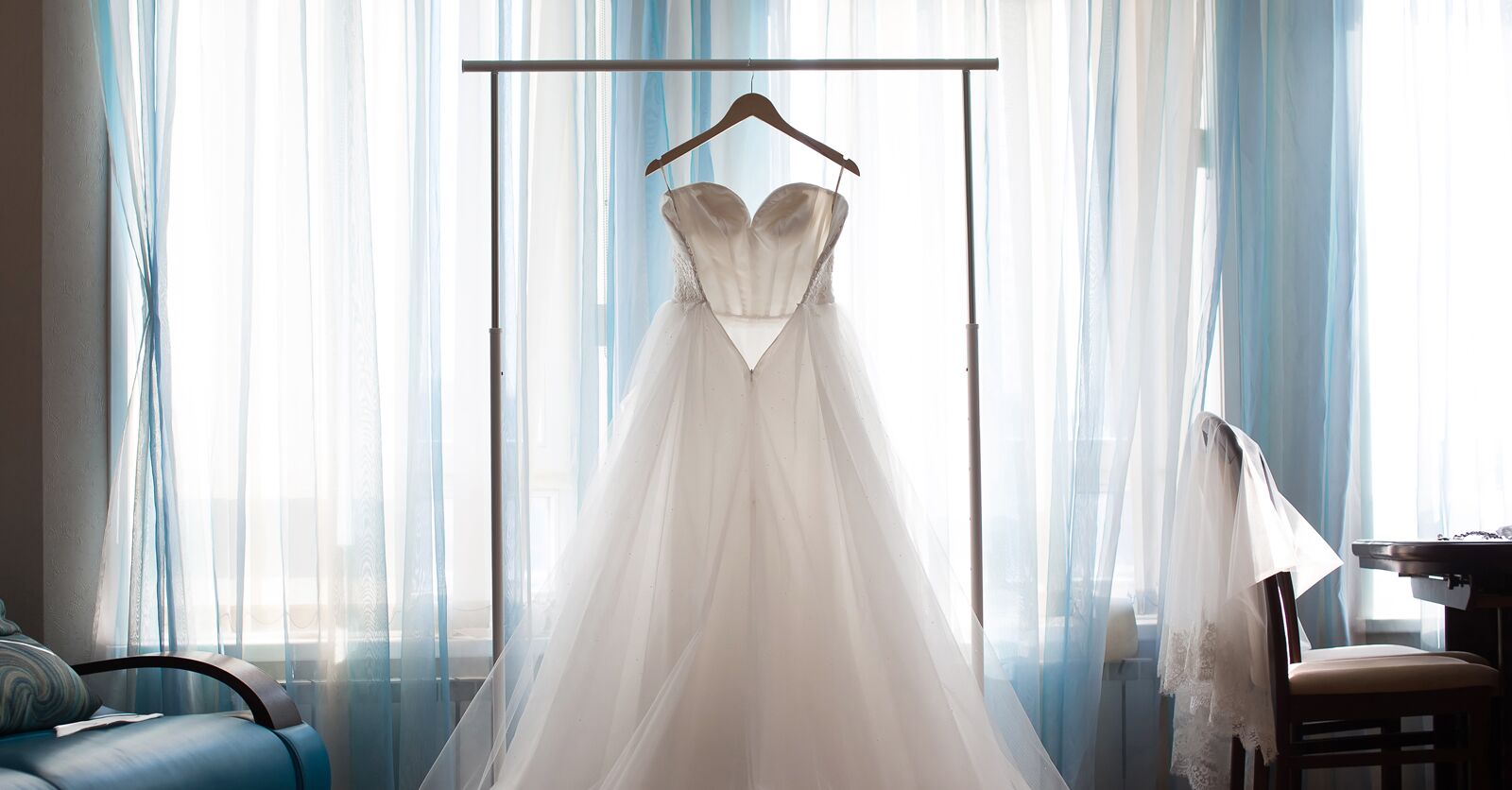
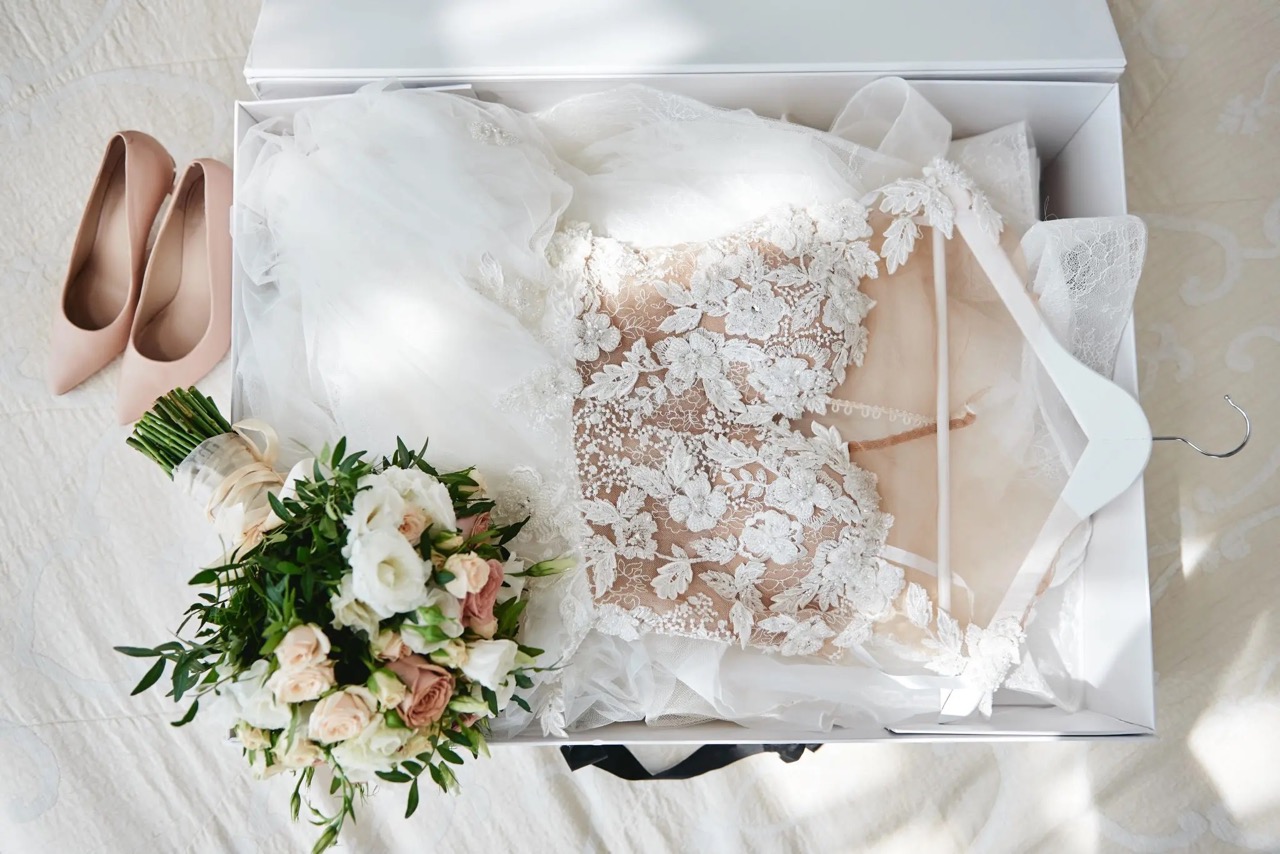
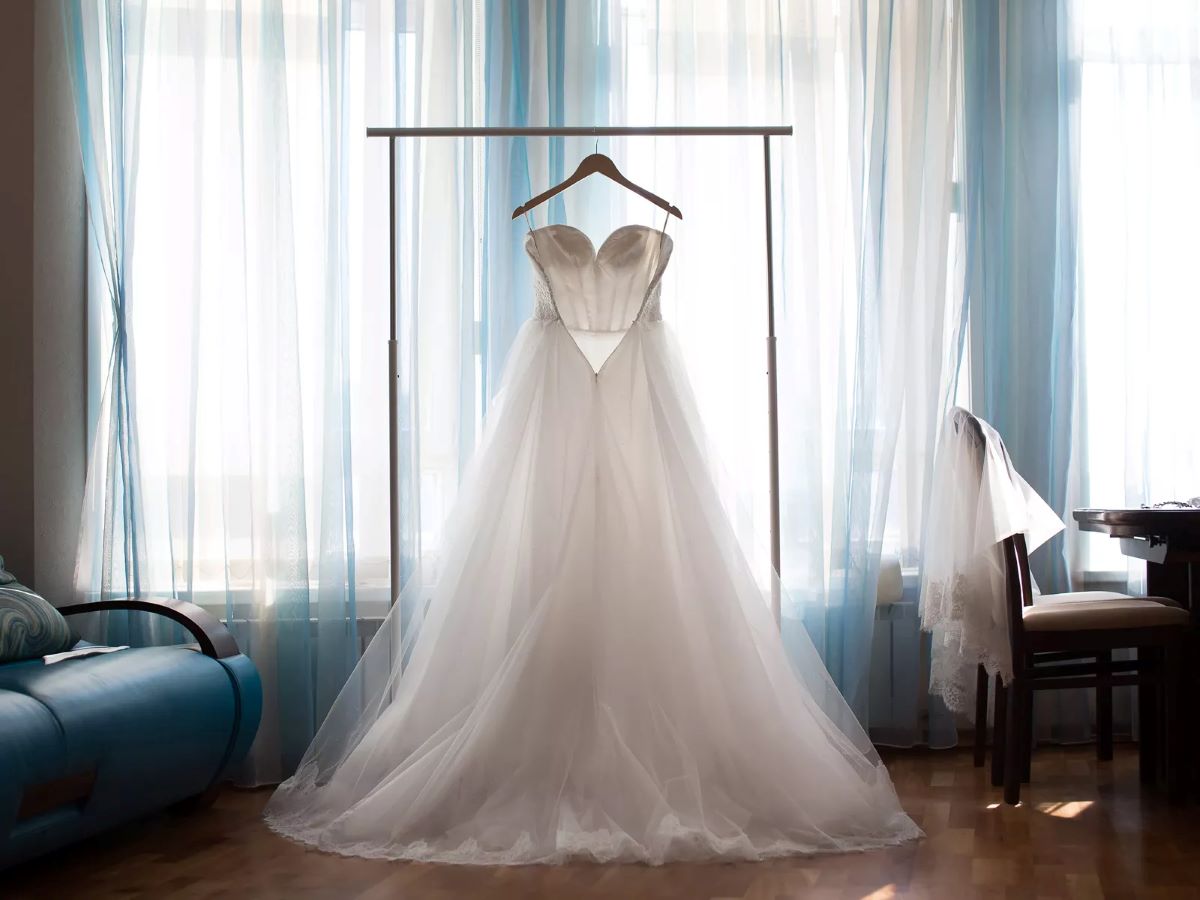
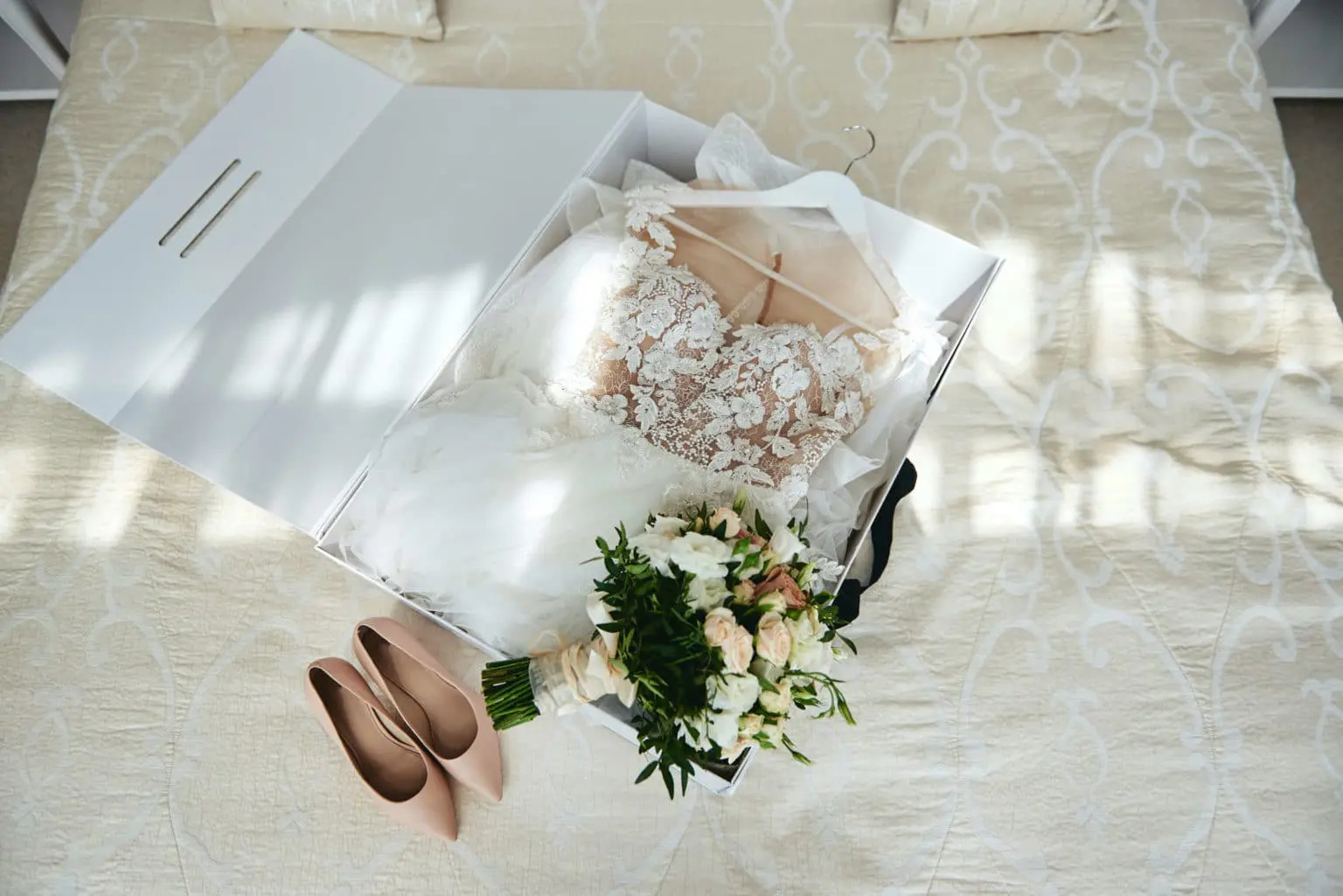
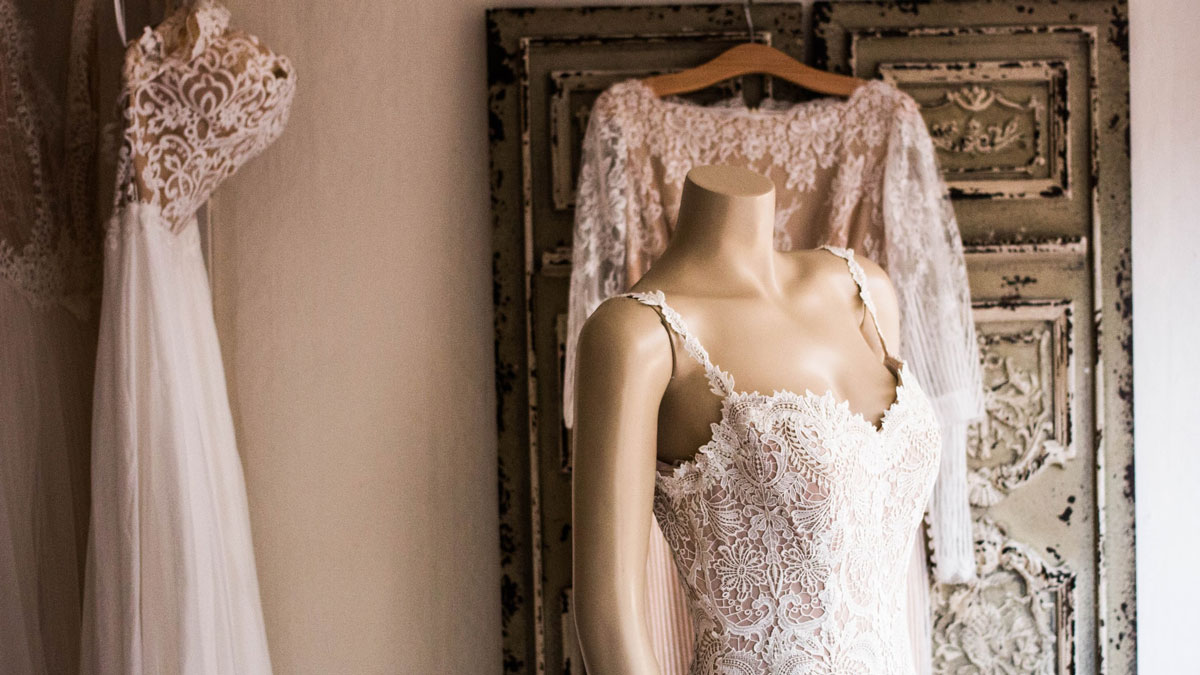
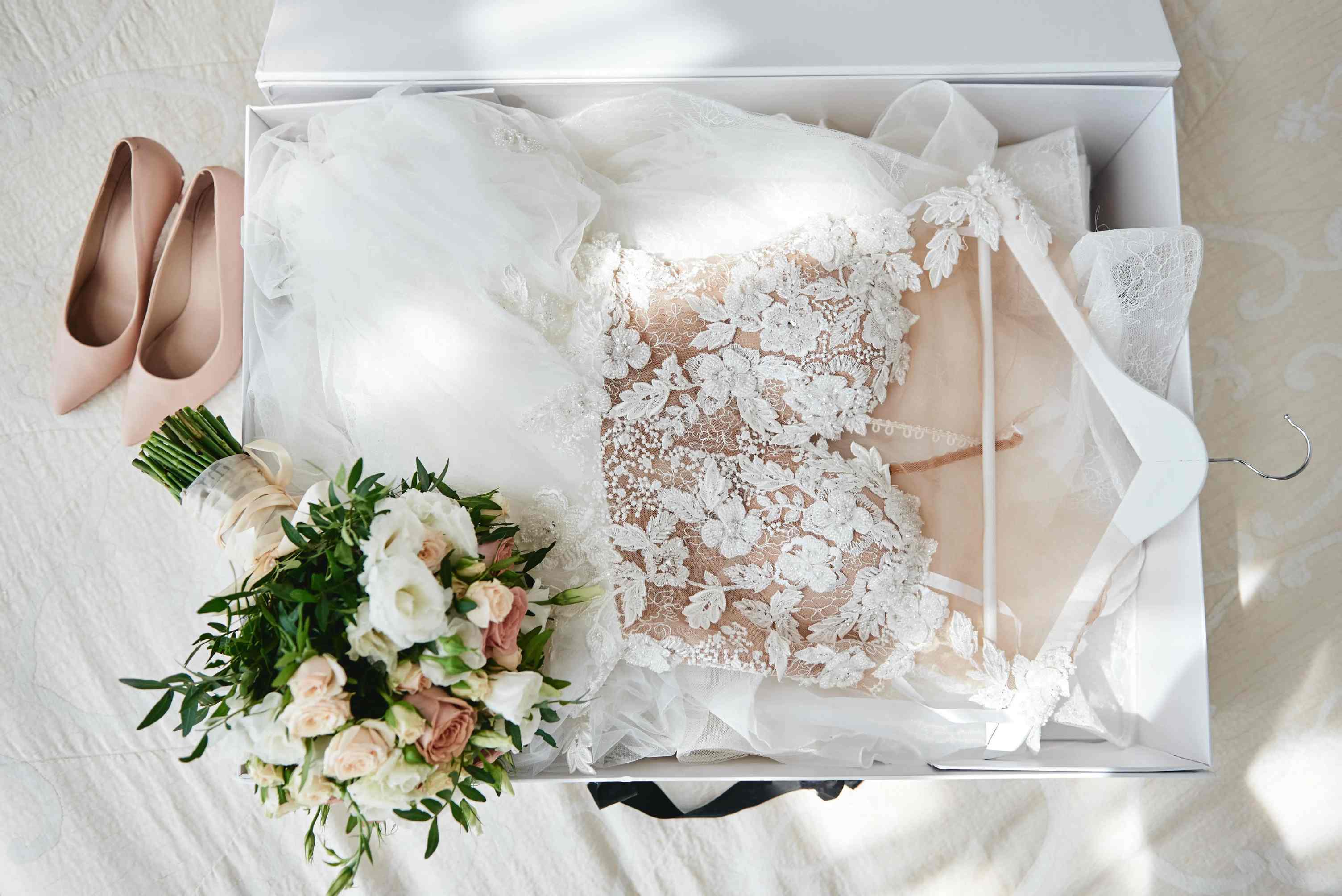





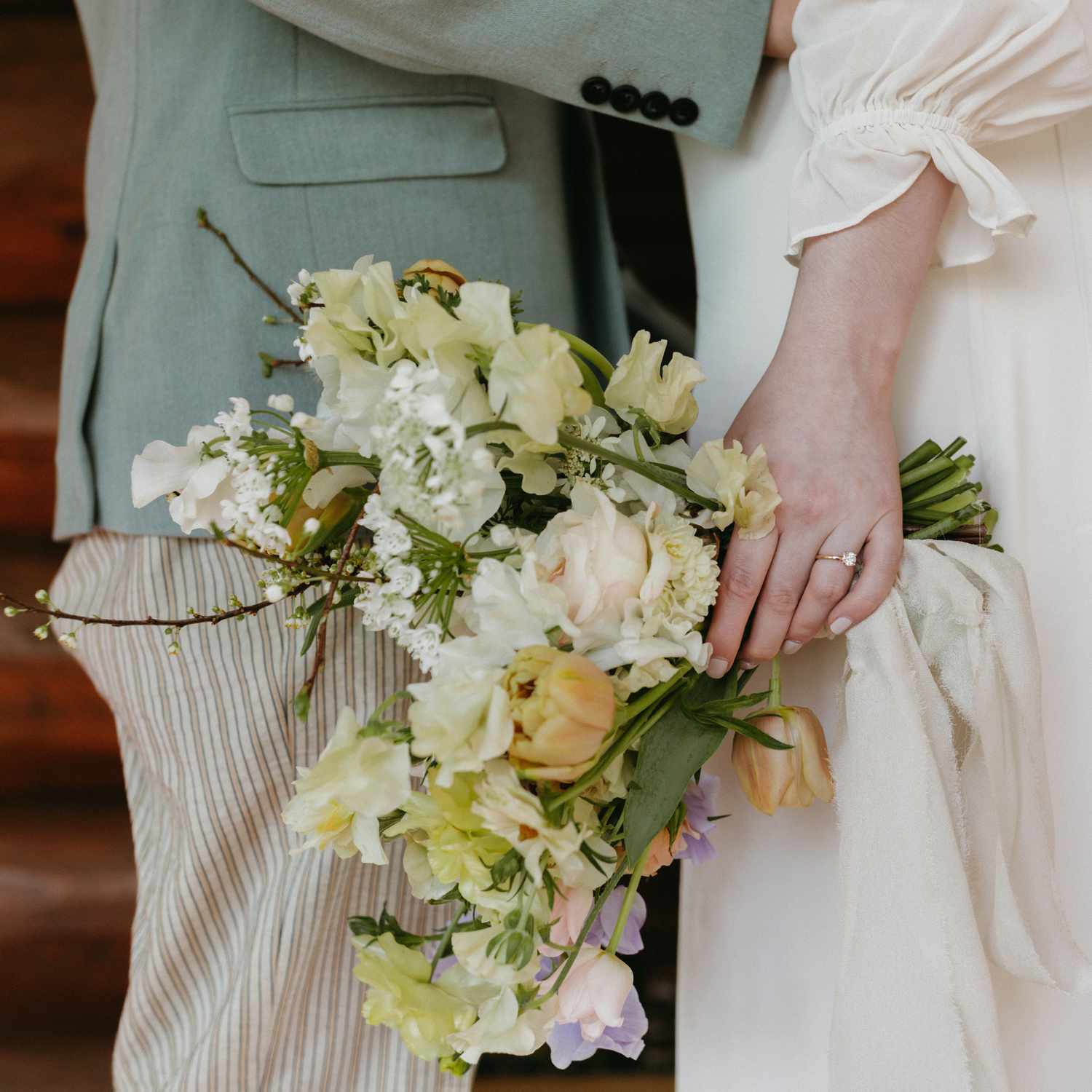



0 thoughts on “How To Store A Wedding Dress For 2 Years”